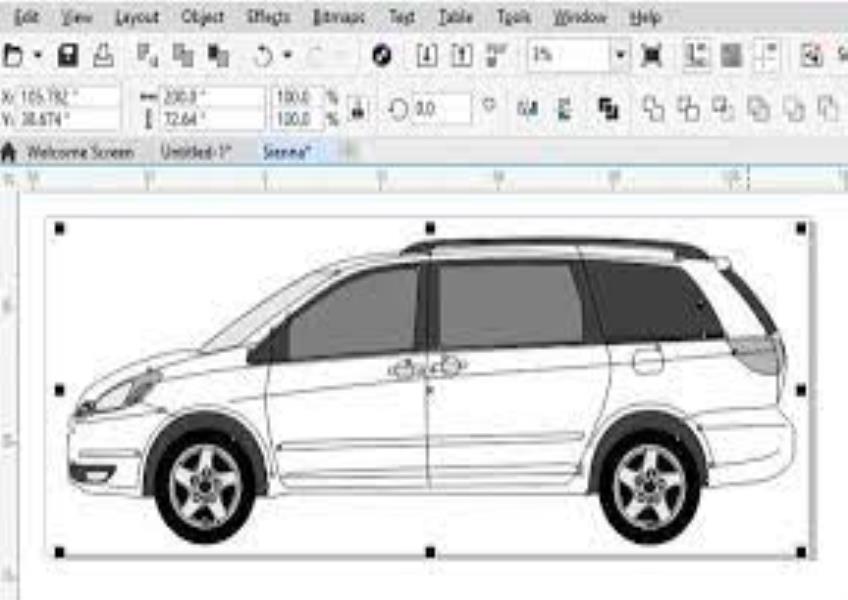Get the latest updates From BL Soni College Bhilwara

How can graphic design be used to create visually appealing vehicle wraps?
Creating visually appealing vehicle wraps involves a combination of creativity, graphic design principles, and practical considerations. Vehicle wraps are large-scale designs applied to vehicles for promotional, advertising, or decorative purposes. Here are steps and tips on how graphic design can be used to create visually appealing vehicle wraps: Understand the Purpose: Start by understanding the purpose of the vehicle wrap. Is it for advertising, branding, or a unique design statement? Understanding the purpose will guide your design choices. Know the Vehicle: Familiarize yourself with the make and model of the vehicle that will receive the wrap. Different vehicles have varying shapes and dimensions, which will impact the design. Client's Branding: If the wrap is for a business or brand, ensure that the design aligns with the client's branding guidelines, including colors, logos, fonts, and overall visual identity. Gather Information: Collect all necessary information, including vehicle measurements, template files (if available), and any specific design requirements from the client. Create a Design Brief: Develop a design brief that outlines the goals, target audience, messaging, and key elements that need to be incorporated into the wrap. Sketch and Plan: Begin with rough sketches to plan the layout of the wrap. Consider how the design will flow across different parts of the vehicle, including curves, doors, windows, and bumpers. High-Quality Images: Use high-resolution images and graphics to ensure a sharp and professional look. Avoid pixelation by using images at the appropriate resolution. Typography: Choose fonts that are easily readable, even from a distance. Consider using bold and clear typefaces for essential information such as business names and contact details. Color Selection: Utilize a color palette that complements the client's branding and is visually striking. Be mindful of color psychology and how colors may influence the perception of the brand or message. Balance and Symmetry: Strive for balance and symmetry in your design, keeping in mind the vehicle's shape. Avoid clutter and maintain a clean, organized layout. Contrast: Create contrast to make key elements stand out. Contrast can be achieved through color, size, shape, and texture. Visual Hierarchy: Establish a clear visual hierarchy by prioritizing important information and elements. The most critical message or branding should be the most prominent. Imagery: Incorporate high-quality images and graphics that relate to the message or brand. Ensure that images are relevant and eye-catching. Mockup and Proofing: Create a digital mockup of the vehicle wrap design on a template or a 3D vehicle model. Share this mockup with the client for feedback and approval. Consider Viewership: Think about how the wrap will be viewed by pedestrians, drivers, and passengers. Make sure that essential information is visible from different angles. Printing Considerations: Work closely with a professional vehicle wrap printer. Ensure that your design files are in the correct format and resolution for large-scale printing. Installation Instructions: If possible, provide clear instructions to the vehicle wrap installer about how to apply the design correctly, especially for complex wraps. Maintenance and Durability: Consider the durability of the materials used in the wrap, especially if it will be exposed to the elements. UV-resistant inks and laminates can help prolong the life of the wrap. Legal and Compliance: Ensure that your design complies with local regulations and laws related to vehicle advertising and signage. Testimonials and Feedback: Seek feedback from peers or clients and consider making revisions based on their input. Creating visually appealing vehicle wraps is a combination of artistic talent, design expertise, and technical knowledge. The goal is to create a design that not only looks stunning but also effectively conveys the intended message and captures the attention of viewers on the road.


